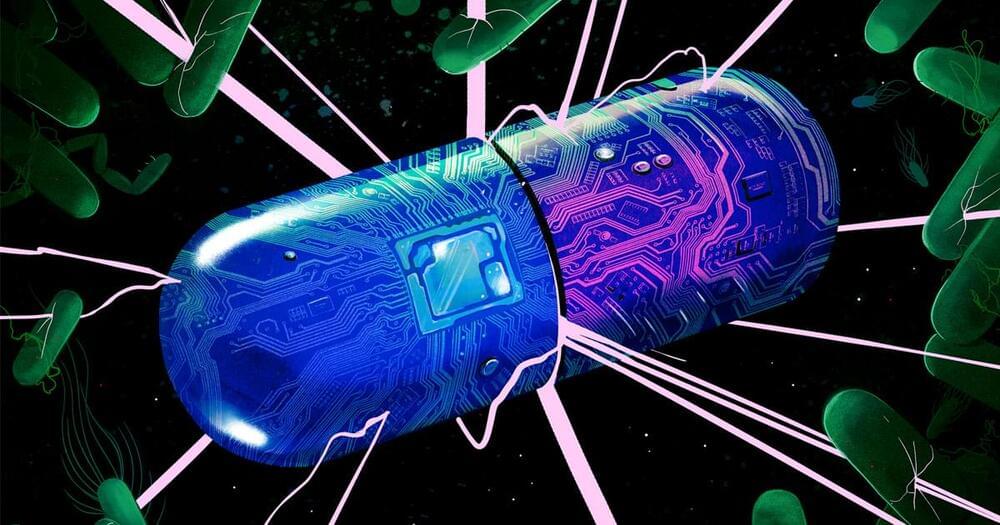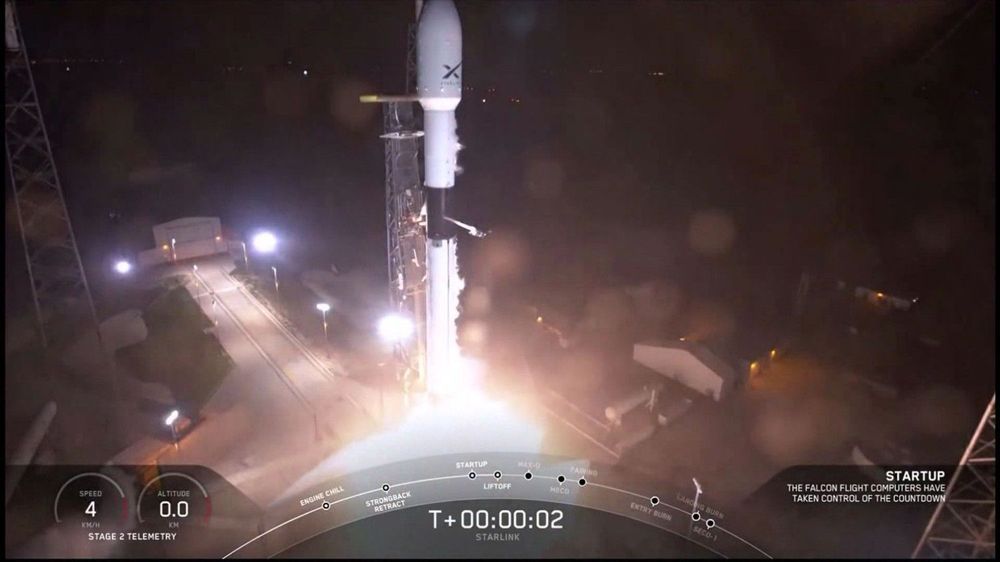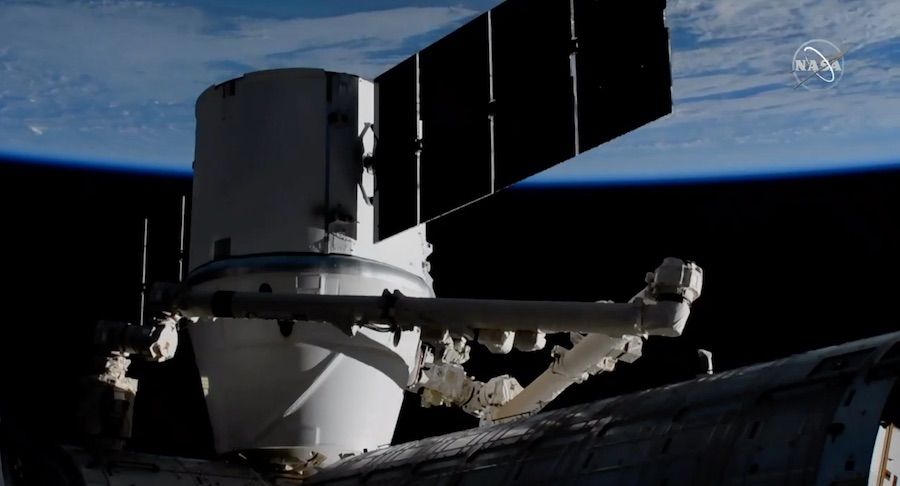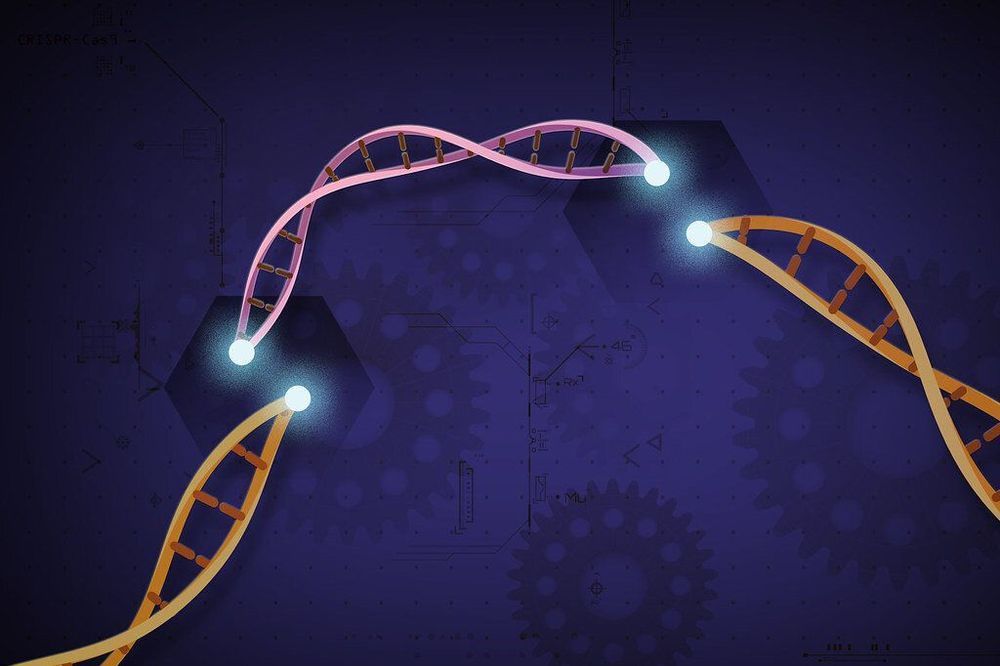To combat resistant bacteria and refill the trickling antibiotic pipeline, scientists are getting help from deep learning networks.




CAPE CANAVERAL (CBSMiami/AP) — SpaceX made history this weekend when it successfully landed its 50th rocket after launching another load of station supplies for NASA.
The Falcon rocket blasted off with 4,300 pounds (1,950 kilograms) of equipment and experiments for the International Space Station. Just minutes later, the spent first-stage booster made a dramatic midnight landing back at Cape Canaveral, its return accompanied by sonic booms.
“And the Falcon has landed for the 50th time in SpaceX history!” SpaceX engineer Jessica Anderson announced amid cheers at Mission Control. “What an amazing live view all the way to touchdown.”

It was reported last month that whenever someone accessed the Chrome Web Store using Edge, they were met with a message that read: “Google recommends switching to Chrome to use extensions securely.”

What’s strange is that Microsoft last year rebuilt its browser with the same Chromium platform used by Chrome, Opera, Vivaldi, and others, meaning that Edge is compatible with extensions designed for Chrome.

For the final time, a SpaceX Dragon cargo capsule approached the International Space Station Monday for capture with the research lab’s robotic arm, delivering more than 4,300 pounds of food, experiments and spare parts. Future Dragon resupply missions will use a new spaceship design to automatically dock with the space station.
The unpiloted cargo freighter completed a two-day pursuit of the space station Monday with an automated approach to the orbiting research outpost.
After moving into position less than 40 feet (12 meters) below the station, the Dragon capsule halted its approach and astronaut Jessica Meir took control of the research lab’s Canadian-built robotic arm. Meir, assisted by crewmate Drew Morgan, captured the Dragon spacecraft at 6:25 a.m. EDT (1025 GMT) Monday, more than a half-hour ahead of schedule.

In a new publication in Nature Plants, assistant professor of Plant Science at the University of Maryland Yiping Qi has established a new CRISPR genome engineering system as viable in plants for the first time: CRISPR-Cas12b. CRISPR is often thought of as molecular scissors used for precision breeding to cut DNA so that a certain trait can be removed, replaced, or edited. Most people who know CRISPR are likely thinking of CRISPR-Cas9, the system that started it all. But Qi and his lab are constantly exploring new CRISPR tools that are more effective, efficient, and sophisticated for a variety of applications in crops that can help curb diseases, pests, and the effects of a changing climate. With CRISPR-Cas12b, Qi is presenting a system in plants that is versatile, customizable, and ultimately provides effective gene editing, activation, and repression all in one system.
“This is the first demonstration of this new CRISPR-Cas12b system for plant genome engineering, and we are excited to be able to fill in gaps and improve systems like this through new technology,” says Qi. “We wanted to develop a full package of tools for this system to show how useful it can be, so we focused not only on editing, but on developing gene repression and activation methods.”
It is this complete suite of methods that has ultimately been missing in other CRISPR systems in plants. The two major systems available before this paper in plants were CRISPR-Cas9 and CRISPR-Cas12a. CRISPR-Cas9 is popular for its simplicity and for recognizing very short DNA sequences to make its cuts in the genome, whereas CRISPR-Cas12a recognizes a different DNA targeting sequence and allows for larger staggered cuts in the DNA with additional complexity to customize the system. CRISPR-Cas12b is more similar to CRISPR-Cas12a as the names suggest, but there was never a strong ability to provide gene activation in plants with this system. CRISPR-Cas12b provides greater efficiency for gene activation and the potential for broader targeting sites for gene repression, making it useful in cases where genetic expression of a trait needs to be turned on/up (activation) or off/down (repression).

Scientific Reports volume 9, Article number: 3928 ( 2019 ) Cite this article.

HONG KONG — Pet cats and dogs cannot pass the new coronavirus on to humans, but they can test positive for low levels of the pathogen if they catch it from their owners.
That’s the conclusion of Hong Kong’s Agriculture, Fisheries and Conservation Department after a dog in quarantine tested weakly positive for the virus Feb. 27, Feb. 28 and March 2, using the canine’s nasal and oral cavity samples.
A unidentified spokesman for the department was quoted in a news release as saying. “There is currently no evidence that pet animals can be a source of infection of COVID-19 or that they become sick.”
I think we need, probably, on the order of 1,000 ships.
